What does peronosporosis look like on onions and how to treat it?
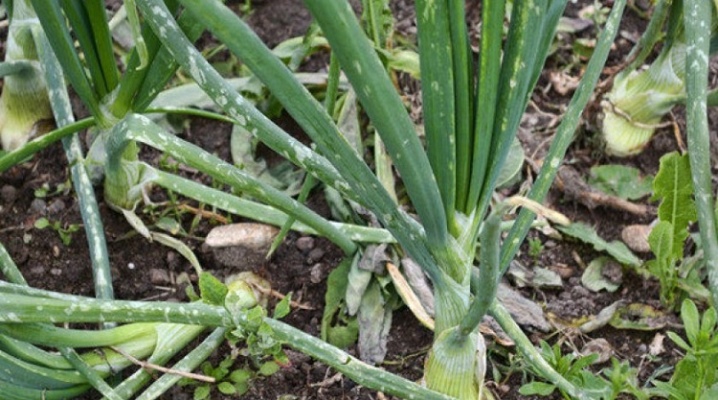
Onions, like many other vegetables, are susceptible to various diseases, which must be dealt with in a timely manner in order to avoid the death of the plant. One of these diseases is peronosporosis. We will consider its description and methods of treatment in this article.
What is it and why is it dangerous?
Peronosporosis is a fungal disease that is common among vegetables. The disease is also called downy mildew. It settles on the plant in the form of a mycelium and gradually kills it, drinks the juices and takes away all the nutrients. Because of this, the plant needs moisture, its bulbs do not fully ripen, they become small and dry. During rains and winds, the spores of the infection spread to other plants, including taking root in the ground.
Infected onions should not be eaten, and their feathers must be removed from the garden and disposed of so that the infection does not multiply further. Pathogenic bacteria overwinter well, their presence can only be determined on a diseased plant.
It is difficult to see peronosporosis on onions, since an infected vegetable is no different from a healthy one, and powdery mildew spores may already be in a ripe fruit.

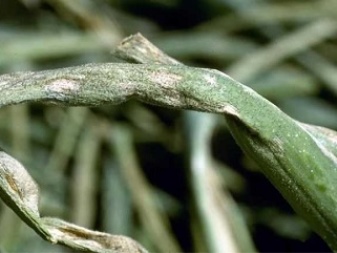
Causes and signs of occurrence
The disease does not arise by itself, but only if it is accompanied by certain conditions.
- Planting onions is dense and not thinned or grows in the shade / lowlands, therefore there is little access to sunlight and a lack of fresh air.
- If the humidity is over 90%, especially at night. This factor especially provokes the disease. If during the infection heavy rains and temperature changes began, the infection will progress much faster and become widespread.
From the moment of infection, it takes 5 days before the first minor symptoms appear. Signs of illness are most noticeable in the morning before the dew has evaporated. The bulb appears healthy, but it is a dangerous vector of infection, so the disease can only be identified by its upper green part. The gardener does not pay attention to the first signs of infection, and only learns about them a month later. By this time, there are already pronounced defects on the upper part of the plant, it is they that indicate that it is affected.
The disease is accompanied by yellow spots on the leaves, which soon begin to become covered with gray or white bloom. They look painful, lose their color brightness and elasticity, wither and break, after rain a purple tint may appear. As the disease progresses, these gray spots increase, the green part dries out, the onion becomes weak, emaciated, and stops growing.
The infection, having penetrated the bulb, does not allow it to reach the required size. The seeds on the peduncle do not have time to ripen or are completely absent.
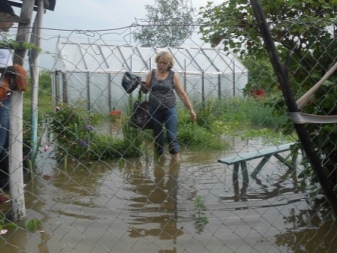
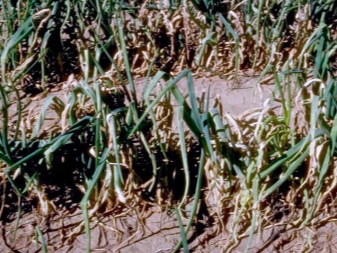
How to process?
Chemicals
- Chemicals are rightfully considered the most effective. One of them is copper sulfate, which is relatively inexpensive. It is a blue powder containing copper sulfate. It is used to treat not only powdery mildew, but also other fungal diseases. The protection period for this product is about a month.Copper ions interact with lipoprotein and enzyme complexes of the infected cell and cause irreversible changes in protoplasm, as well as non-specific denaturation of proteins. With the help of this tool, you can not only fight the disease on the plant, but also disinfect the soil.
- A highly effective drug is "Revus"which guarantees effective treatment regardless of the weather conditions. Spraying with it is successfully used even in rainy weather, because it has perfect rain resistance, keeps the plant healthy for a long time. Thanks to "Revus" you can get a good harvest of onions, and it also contributes to good winter storage of vegetables.
- An excellent effect in the treatment of powdery mildew was shown by the pharmacy "Trichopol", thanks to which the disease is completely destroyed. To prepare the composition, it is necessary to dissolve 20 Trichopolum tablets in 10 liters of water and process the onion once every 10 days. If it rains after spraying, the procedure must be repeated the next day. These tablets are so bitter and have such a powerful bactericidal property that no disease can come close to the plant.
- Potassium permanganate will help to significantly reduce the lesion in the initial stages. Due to its high concentration, the agent kills spores of microorganisms.
- The use of fungicides is very effective, but not if the onion is completely coated. If this stage of infection has been reached, then it is better to remove the plant from the soil and burn it. If the onion bush has just begun to be covered with a bloom, then with the help of the drug "Quadris" you can make an effective solution, which is characterized by low toxicity. The tool has a healing and eradicating effect, with the help of it you can prevent the disease. Thanks to it, the yield increases, the photosynthesis of the leaves is prolonged. The profitability of the bow is increased. The period of protective action is 2-3 weeks. The action of the drug is based on the death of the mycelium of the pathogen inside the leaves and the fruit, and also prevents the formation of spores of the fungus. Their death occurs within an hour after using the drug. Processing is carried out in the morning or evening in calm weather. Penetrating into the leaf plate, the agent protects the plant from all sides, inhibits the development of spores and apressoria.
- One of the new remedies is Fitolavin., which can be combined with well-known chemical insecticides, herbicides and fungicides. It cannot be used only with bacterial preparations. The protective period of this tool is 15-20 days and is valid around the clock. After 24 hours, onions can be used for food. In order for the agent to effectively fight the disease, it must be stored only in a dark place at a temperature of + 5 ° to + 20 ° C, and the solution must be prepared immediately before spraying. During processing, you need to water the leaves from all sides so that the spores have less chance of surviving.
- Complex fungicide "Pergado", which contains copper, perfectly protects onions from bacteria and downy mildew. Thanks to it, a film is formed, which provides the plant with protection from diseases. The use of "Pergado" does not depend on the weather, does not affect the taste and fermentation of the plant. The most effective action of the drug was observed during its prophylactic use before plant infection. "Pergado" has good rain resistance, so rainfall after spraying does not in any way reduce its effectiveness. The period of protective action is 10-14 days, the agent acts on the plant in 2-3 hours after treatment. There is no toxicity in the doses used, the drug is used immediately after reconstitution.
The use of any of the chemicals should take place 20 days before harvest.
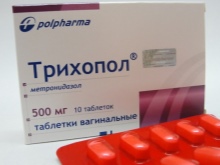

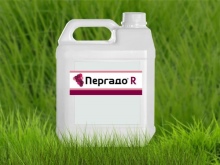
Folk remedies
Many gardeners categorically refuse to use chemicals to combat the disease. An analogue is various folk methods that are no less effective.
- You can also treat the plant with ordinary ash, which is a good bactericidal agent. To do this, you need to pour three glasses of ash with four glasses of boiling water. The composition is cooled and diluted in a bucket of water. Then they water the soil or spray the plant.
- Mustard diluted with water is also used to treat this condition. To do this, dilute two tablespoons of the powder in a bucket of water and add 7 drops of iodine. With this composition, you can both water the onion and spray its upper part.
- Onion husks (300 g) are boiled in a bucket of water for 10 minutes. It is necessary to insist the broth for several days, then process the bushes with it.
- A pinch of regular baking soda dissolves in a bucket of water and is used to spray onions. Treatment with a solution perfectly destroys the fungus in the initial stages.
- Regular whey is completely harmless to onions, but its lactic acid bacteria do an excellent job of warding off infection. The serum is diluted with water 1: 10 and used for spraying.
- When the first signs of the disease appear, ordinary iodine will help: 10 ml must be dissolved in 10 liters of water. Spray the top of the onion with the solution.
- A very effective and simple helper is a manganese solution, which is also used to treat powdery mildew. To do this, dissolve 1.5 g of manganese in 10 liters of water and spray the infected plant.
- Fungicide "Forecast" is an organic preparation that heals and prevents disease. The solution is sprayed on fruits and leaves, the effectiveness of the drug is about 80%, it all depends on the degree of damage. Processing can be carried out several days before harvest.
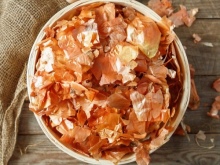


Agrotechnical methods of treatment
Agrotechnical methods help to stop the development of the disease and increase the effect of chemical and folk remedies. For this it is necessary to cut off the dry and yellow parts of green onions, periodically loosen the soil near the plantings and remove weeds, thin out the bed so that there is good air circulation.
Observe the watering regime, and for planting choose high-quality seed that is resistant to disease.
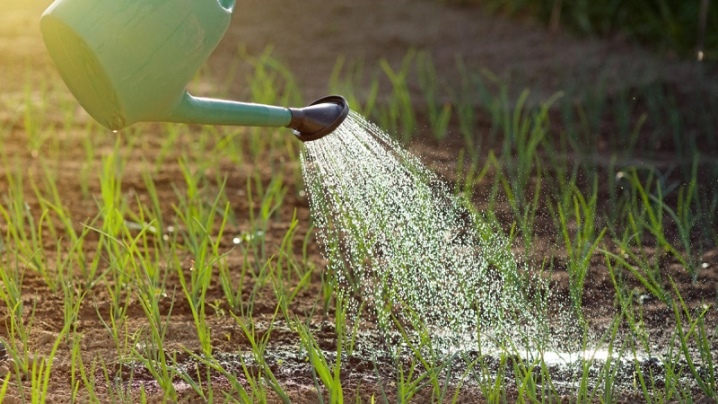
Prevention measures
To prevent and prevent disease, you need to do the following.
- First of all, before planting, treat the soil with a disinfectant.
- The plant should grow in one place only once every five years, where before that cucumbers, cabbage and pumpkin grew. Also, onions prefer fertile, loamy or sandy loamy soils, where there is good drainage.
- After harvesting, it is necessary to collect all its remnants, and also remove all last year's parts of the plant before planting.
- Onions grow well only in a sunny and well-ventilated place.
- Before and after excavation, it is necessary to periodically decontaminate the working tool.
- In order to avoid stagnation of moisture, watering is best done in the morning, so that the plant has time to dry out during the day.
- The seed must be warmed up well for about 8 hours at a temperature of 43 ° C before planting.
- Deep digging in the fall will help to save from fungal diseases and pests.
- When choosing fertilizers, choose products with a high content of potassium and phosphorus, avoid fertilizing with nitrogen content.
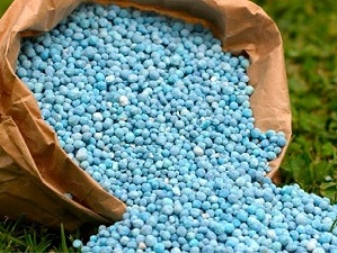
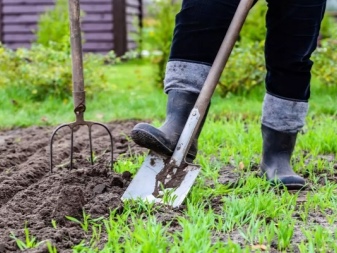
Which varieties are resistant to the disease?
In places where peronosporosis constantly develops, it is better to use interspecific onion hybrids: Sigma, Emerald, Golden domes. They have good disease resistance. Of the new products of recent years, onions of the varieties Centaur, Effect, Farmer and Christina, Oporto and Senator suffer less from this disease. Also, early varieties such as Sputnik, Ecstasy and Shaman can go away from this disease.
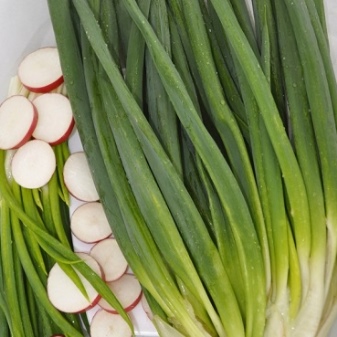

For information on how peronosporosis looks on onions and how to handle it, see the next video.






The comment was sent successfully.